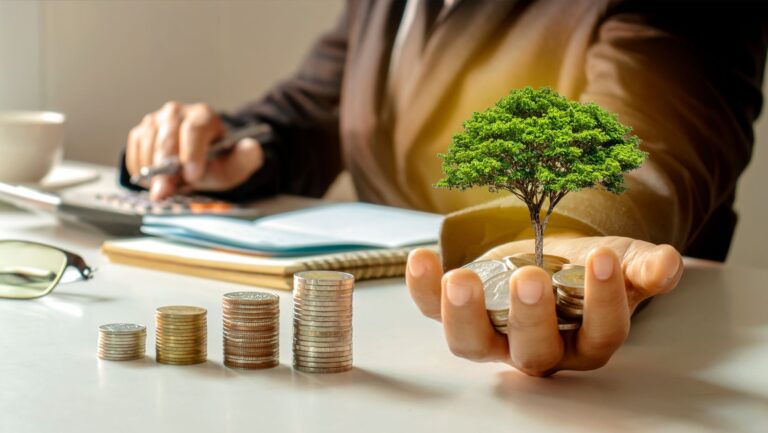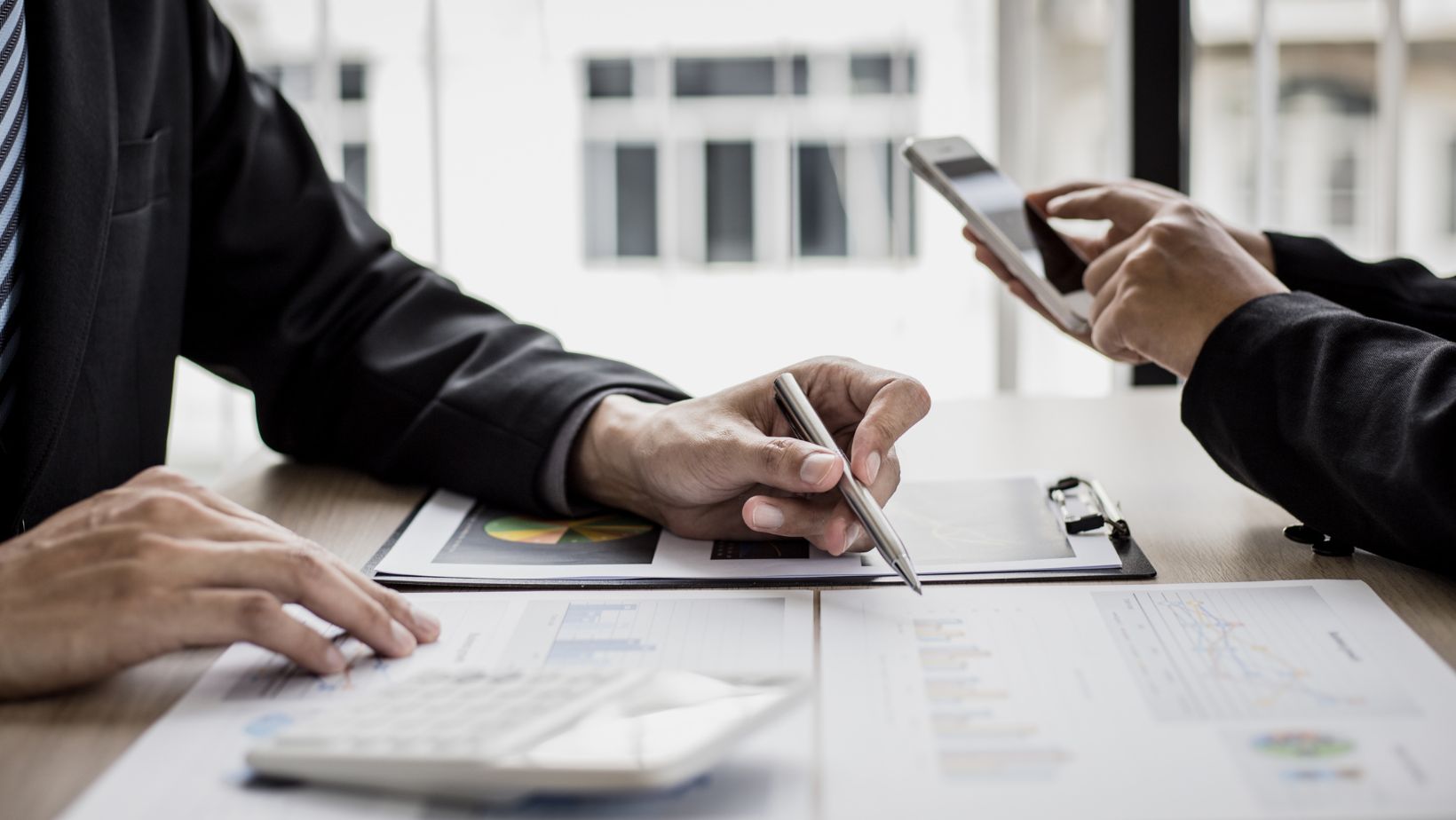Life is exciting, rewarding, challenging, and often surprising. Some of life’s surprises are good ones, whereas others, such as unexpected costs, aren’t. According to recent statistics, more than half of Canadians are living paycheck to paycheck. This can make it next to impossible to pay for unforeseen expenses, often leaving individuals in financial distress. Some unexpected costs can’t be postponed, leaving people wondering what they can do. This is where an emergency fund becomes a financial lifesaver, offering peace of mind in uncertain times.
Knowing how important an emergency fund is for people, we’ve compiled key steps and tips for building one. You can start with small, manageable monetary contributions today and watch it grow with time.
How Much Do You Need to Save?
When you have a goal in front of you, often the hardest part is getting started. It’s easy to get caught up in the details of creating an emergency fund, sometimes delaying progress. For those wondering how much you need to save, there is no set amount, but it’s ideally to save as much as you can. Generally speaking, a good rule of thumb is to set a savings goal of three to six months’ worth of earnings. The idea is that it could cover any number of emergencies that pop up. Once you establish a dollar amount, you can work backwards in setting up weekly or monthly savings goals.
Savings will never go to waste, and you’ll always find a way to use them. Remember, saving is a journey, not a race, and every small step counts toward financial security.
What Is the Ideal Way to Start Saving?
Now that you’ve addressed the question of how much you need to save, the next logical question is how to start saving. This is the moment to take decisive action and begin. There’s always going to be a reason to delay saving. In the end, that’s putting your finances at risk should an emergency happen before you start saving money.
To make that leap easier, here are some effective strategies from financial experts and economists. Implementing these steps can help you build a strong savings habit.
- Create a personal budget and track your spending.
- Automate your savings on a pre-set schedule.
- Make your savings difficult to access.
- Set up a financial savings goal.
- Cut back on unnecessary spending wherever possible.
- Look into opening a savings account that pays higher interest.
- If your finances change and you can afford to save more money, be sure to adjust the automatic savings you’ve set up.
How Do You Prevent Yourself from Dipping Into the Emergency Fund Unnecessarily?
Building an emergency fund is a fabulous goal, and with the steps listed above, you will be well on your way. The problem that can arise, however, is showing restraint and not dipping into the fund unless it’s necessary. You’ll need a good dose of self-discipline when it comes to your emergency fund.
To ensure your emergency fund remains untouched, it’s essential to define clear boundaries on what constitutes discretionary spending. This means not spending as much money on concerts, travel, dining out, gambling on the sites you found on casinos.com, and so on. If you are able to pay all your bills, put money aside for an emergency fund, and still have leftover cash, it can be used for discretionary spending. By staying disciplined and following these guidelines, your emergency fund can truly serve its purpose when you need it most.
Is It Ever Too Late to Start an Emergency Fund?
One common reason that people put off creating an emergency fund is that they think it’s too late to start one. There is a misconception that if you don’t start your savings on day one, there’s no point.

But there is no truth to this whatsoever. Whether you are in your early 20s renting your first apartment or you’re in your 50s and still paying off your mortgage, creating an emergency fund is a great idea. The earlier you start saving, the more interest can build over time. With that said, there’s no time like the present to start saving.
While your savings are meant to be an emergency fund, the fact is that if the cash isn’t ever needed, you can always put the unused emergency funds towards retirement. You likely won’t be drawing on that money until you are at least 65 years old, so there’s no downside to saving at any life stage.
Savings Will Benefit Greatly from Consistency
Once you’ve established the importance of an emergency fund, the next step is to maintain it through consistent savings habits. There may be times that you can’t save as much as you hoped to, but those times can be fleeting. As soon as that issue is resolved, it’s important to get back on track and start saving once again. After using your emergency fund, it’s crucial to re-establish saving habits.
Building an Emergency Fund Makes Good Financial Sense
The common saying “expect the unexpected” can easily be applied to life’s unforeseen expenses. Just because you’ve budgeted for all your bills doesn’t mean you’re prepared when a financial emergency hits. This is exactly why building an emergency fund using the steps mentioned above is so important. It takes away the stress of those unexpected expenses because you’ll have a way to pay for them. An emergency fund provides you with peace of mind no matter your age or stage in life.





